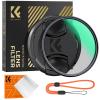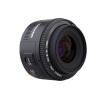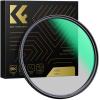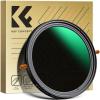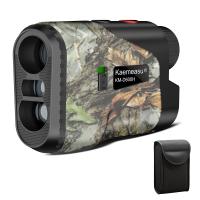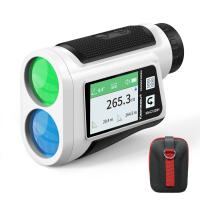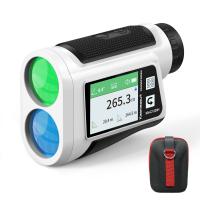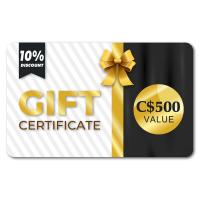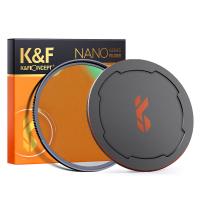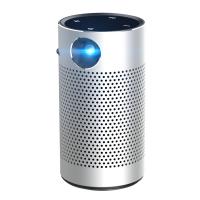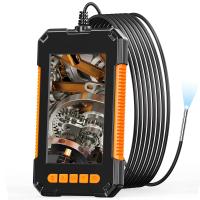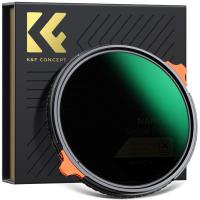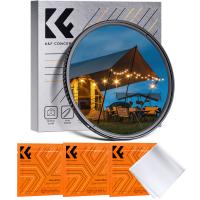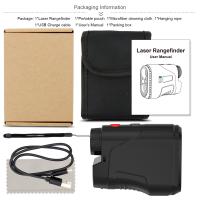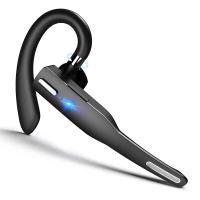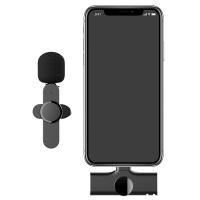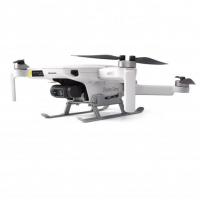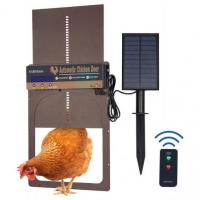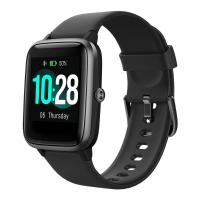Can You Use A Hunting Rangefinder For Golf?
Using a Hunting Rangefinder for Golf: A Comprehensive Guide
Golf and hunting, though seemingly disparate activities, share a common need for precision and accuracy. Both sports require the ability to judge distances accurately to make informed decisions. This necessity has led to the development of rangefinders, devices that measure the distance to a target. While rangefinders are specifically designed for either golf or hunting, many enthusiasts wonder if a hunting rangefinder can be effectively used for golf. This article delves into the practicality, advantages, and limitations of using a hunting rangefinder on the golf course.
Understanding Rangefinders
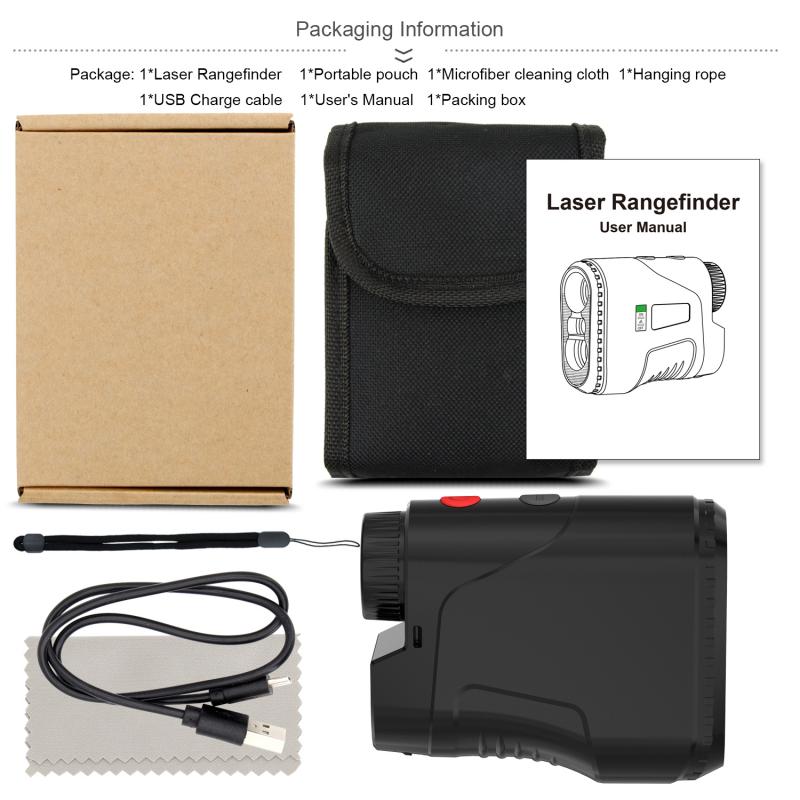
Before exploring the crossover use of rangefinders, it’s essential to understand the fundamental differences between golf and hunting rangefinders.
Golf Rangefinders:
- Pin-Seeking Technology: Golf rangefinders are equipped with pin-seeking or flag-lock technology, which helps the device focus on the flagstick rather than other objects in the background.
- Slope Measurement: Many golf rangefinders offer slope measurement, which calculates the angle of elevation or depression to provide an adjusted distance. This feature can be turned off in tournaments where it is not allowed.
- Shorter Range: Golf rangefinders typically have a shorter maximum range compared to hunting rangefinders, as the distances in golf are generally shorter.
Hunting Rangefinders:
- Longer Range: Hunting rangefinders are designed to measure longer distances, often up to 1,000 yards or more, to accommodate the needs of hunters.
- Target Priority Modes: These devices often have different modes, such as first target priority and distant target priority, to help hunters focus on the desired target amidst various obstacles.
- Durability: Hunting rangefinders are built to withstand harsh outdoor conditions, including rain, dust, and rough handling.
Can a Hunting Rangefinder Be Used for Golf?

The short answer is yes, a hunting rangefinder can be used for golf, but there are several factors to consider to ensure it meets your needs on the course.
Advantages of Using a Hunting Rangefinder for Golf
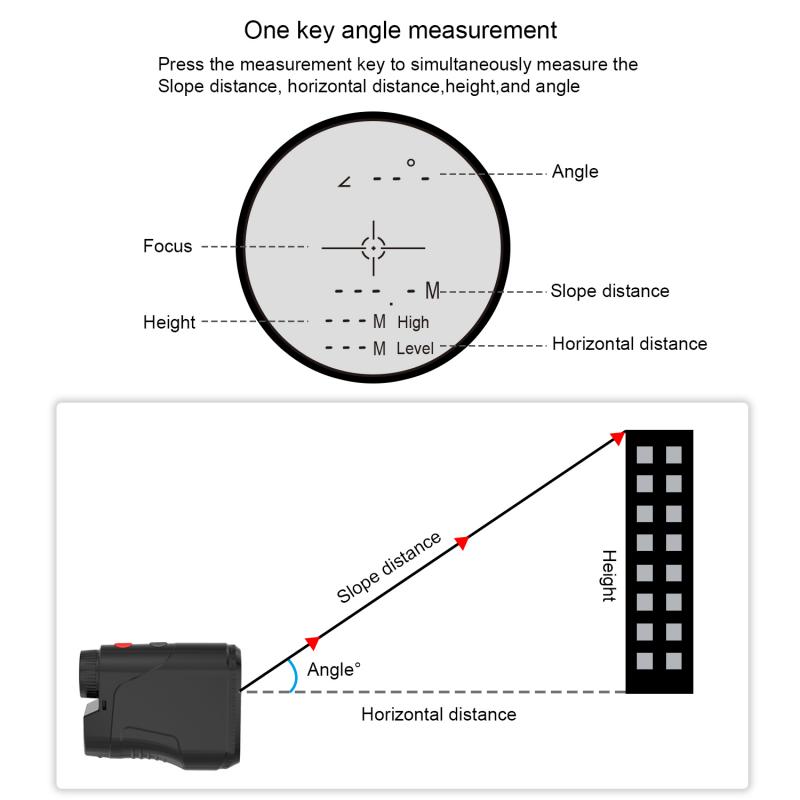
1. Versatility:
- Hunting rangefinders are versatile and can be used in various outdoor activities, including golf. If you already own a hunting rangefinder, it can save you the cost of purchasing a separate device for golf.
2. Longer Range:
- The extended range of hunting rangefinders can be beneficial on larger golf courses where distances can be substantial. This feature ensures you can measure distances to hazards, trees, and other landmarks beyond the typical range of golf-specific devices.
3. Durability:
- The robust construction of hunting rangefinders makes them more durable and resistant to the elements. This durability can be advantageous on the golf course, especially in adverse weather conditions.
Limitations of Using a Hunting Rangefinder for Golf
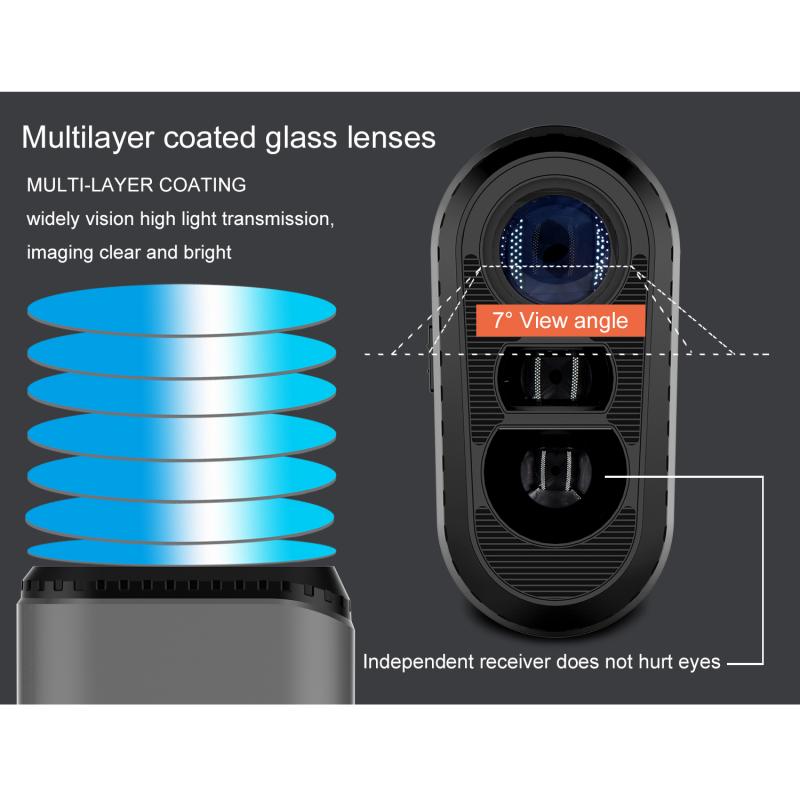
1. Lack of Pin-Seeking Technology:
- One of the primary drawbacks is the absence of pin-seeking technology. Hunting rangefinders may struggle to lock onto the flagstick, especially if there are trees or other objects in the background. This can lead to inaccurate distance readings.
2. Slope Measurement:
- While some hunting rangefinders offer angle compensation, they may not provide the same level of precision as golf rangefinders with slope measurement. Additionally, the ability to disable slope measurement for tournament play may not be available.
3. User Interface:
- The user interface of hunting rangefinders is often designed with hunters in mind, which can make it less intuitive for golfers. The display and controls may not be as user-friendly for golf-specific applications.
Practical Tips for Using a Hunting Rangefinder on the Golf Course
If you decide to use a hunting rangefinder for golf, here are some practical tips to enhance your experience:
1. Practice and Familiarization:
- Spend time practicing with the rangefinder on the golf course to become familiar with its operation and limitations. Understanding how to aim and interpret the readings will improve your accuracy.
2. Use Landmarks:
- When the rangefinder struggles to lock onto the flagstick, use other landmarks such as bunkers, trees, or the edge of the green to estimate distances. This approach can help you make more informed decisions.
3. Check for Angle Compensation:
- If your hunting rangefinder has angle compensation, learn how to use this feature effectively. While it may not be as precise as golf-specific slope measurement, it can still provide valuable information on uphill or downhill shots.
4. Consider Upgrading:
- If you find that the hunting rangefinder is not meeting your needs on the golf course, consider investing in a golf-specific rangefinder. The added features and ease of use can significantly enhance your golfing experience.
In conclusion, while a hunting rangefinder can be used for golf, it comes with certain limitations that may affect its performance on the course. The lack of pin-seeking technology and golf-specific features can make it challenging to obtain accurate distance readings. However, the versatility, durability, and longer range of hunting rangefinders can be advantageous in certain situations.
Ultimately, the decision to use a hunting rangefinder for golf depends on your specific needs and preferences. If you are an avid hunter who occasionally plays golf, a hunting rangefinder may suffice. However, if you are a serious golfer seeking precision and ease of use, investing in a golf-specific rangefinder is likely the better option.
By understanding the strengths and weaknesses of each type of rangefinder and following practical tips, you can make an informed decision and enhance your performance on the golf course. Whether you choose to use a hunting rangefinder or a golf-specific device, the key is to practice and become proficient with your chosen tool to achieve the best results.

